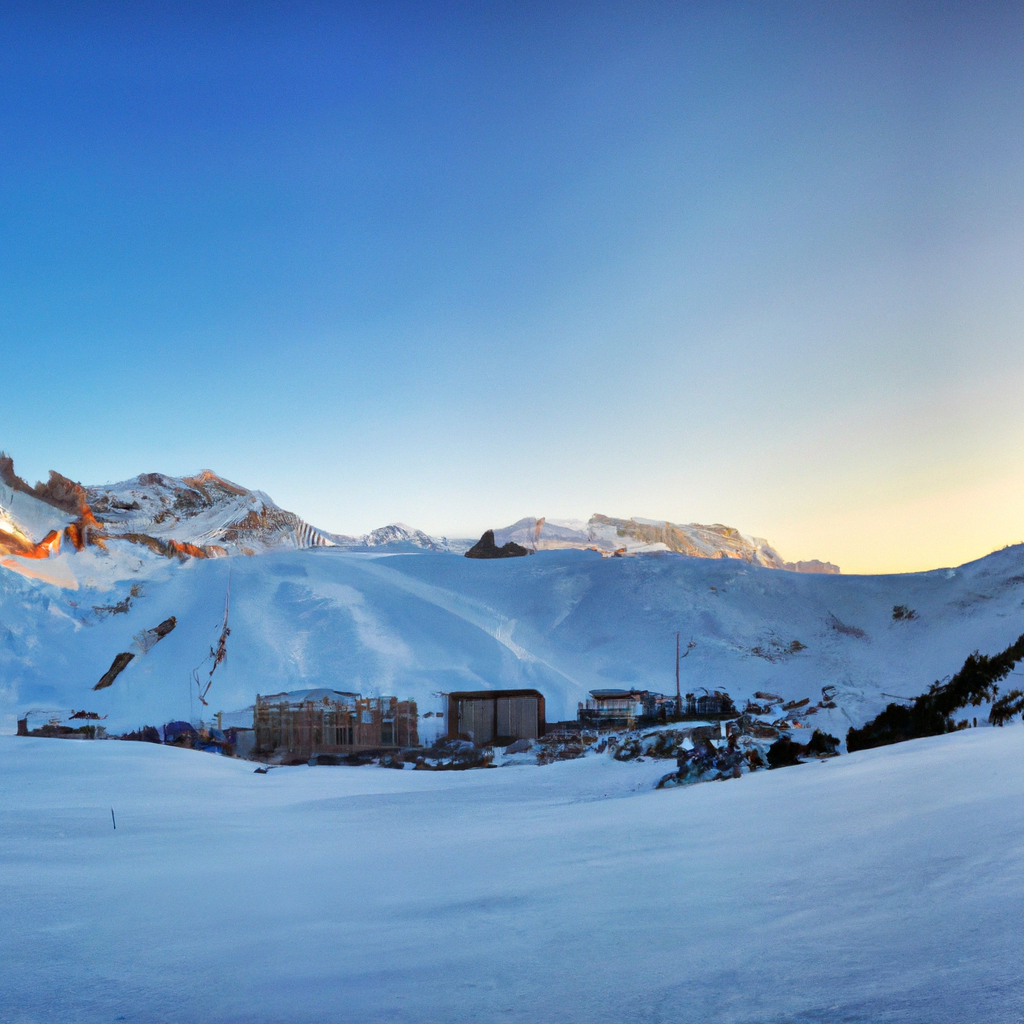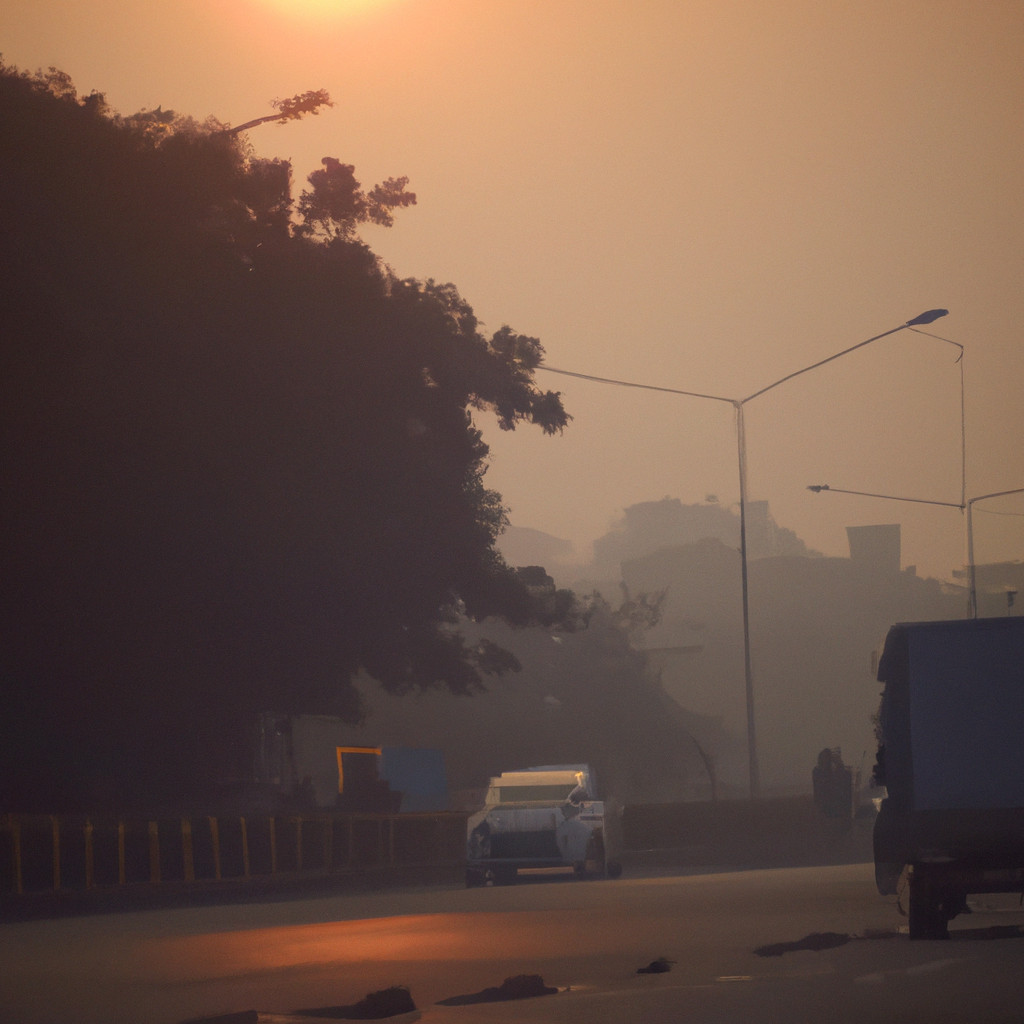Declining snow cover due to climate change is increasingly disrupting Europe’s ski resorts, raising the number of days without skiing. To counteract this, resorts are increasingly resorting to artificial snowmaking, though this solution is controversial. A new study revealed that without snowmaking, 53% and 98% of Europe’s ski resorts are projected to be at high risk for snow supply under global warming of 2C and 4C, respectively. Using snowmaking reduces these figures to 27% and 71%, respectively.
Europe is the world’s largest ski tourism market, with around 50% of the world’s total ski resorts and more than 80% of those exceeding 1m skier visits per year. The snow these resorts rely on is at risk due to global warming. The study also discovered the greater demand for water and electricity stemming from snowmaking contributes to the ski industry’s carbon footprint.
The impact of climate change on snow conditions varies across Europe’s ski resorts. Without snowmaking, 53% and 98% of the surveyed resorts are projected to face a “very high” risk of low snow cover under global warming of 2C and 4C, respectively, above pre-industrial levels. If snowmaking is applied to half of the ski areas, the risk drops to 27% and 71%, respectively. However, snowmaking increases the demand for water and electricity, adding to the costs of ski resort operations.
Snowmaking significantly alters the impact of climate change on ski resorts but also adds to the environmental impact. While it proved less influential in terms of overall electricity demand and carbon footprint, it’s crucial to tackle transportation and housing, which contribute more significantly to the carbon footprint of ski resorts. It poses a challenge to the ski tourism industry and the authorities tasked with preserving mountain societies and ecosystems to balance adaptation to climate change with mitigation efforts.
Read source article here:
Guest post: How climate change will hit snow levels across Europe’s ski resorts




